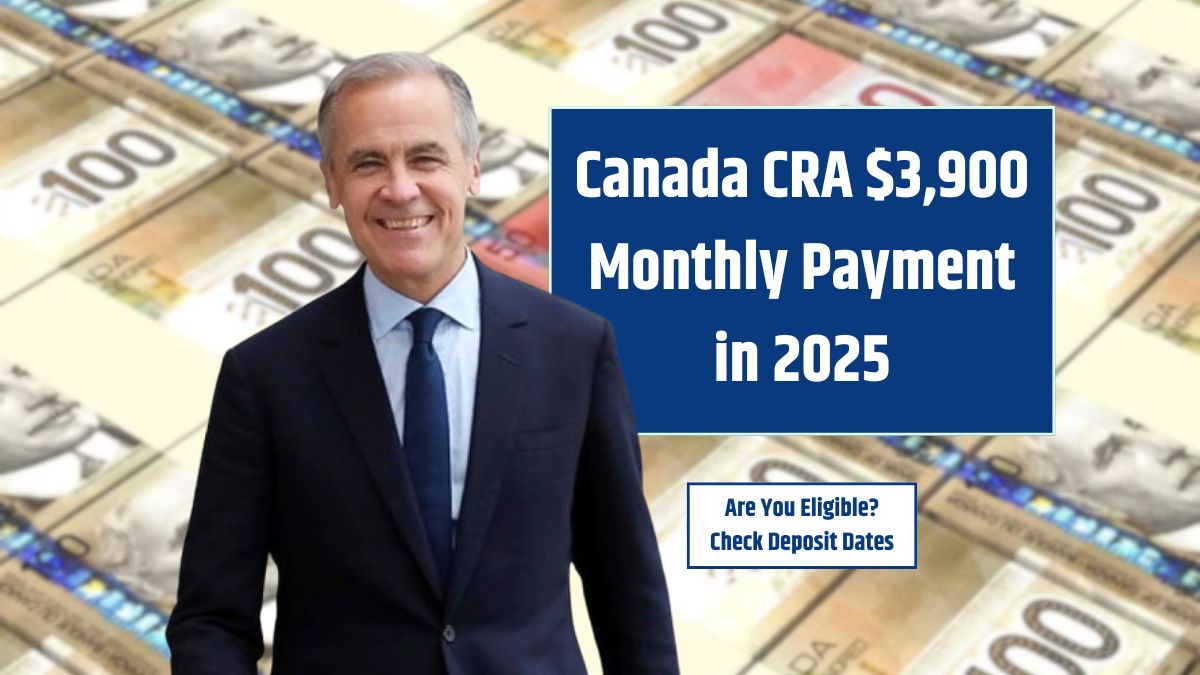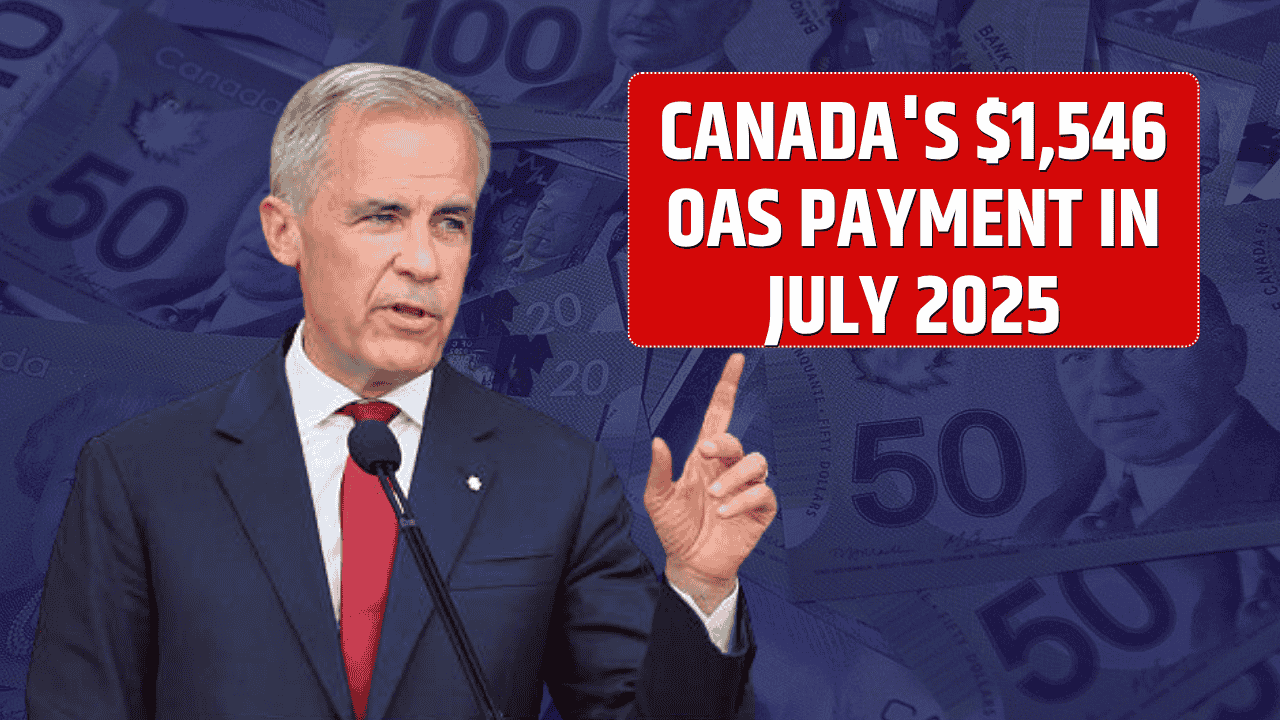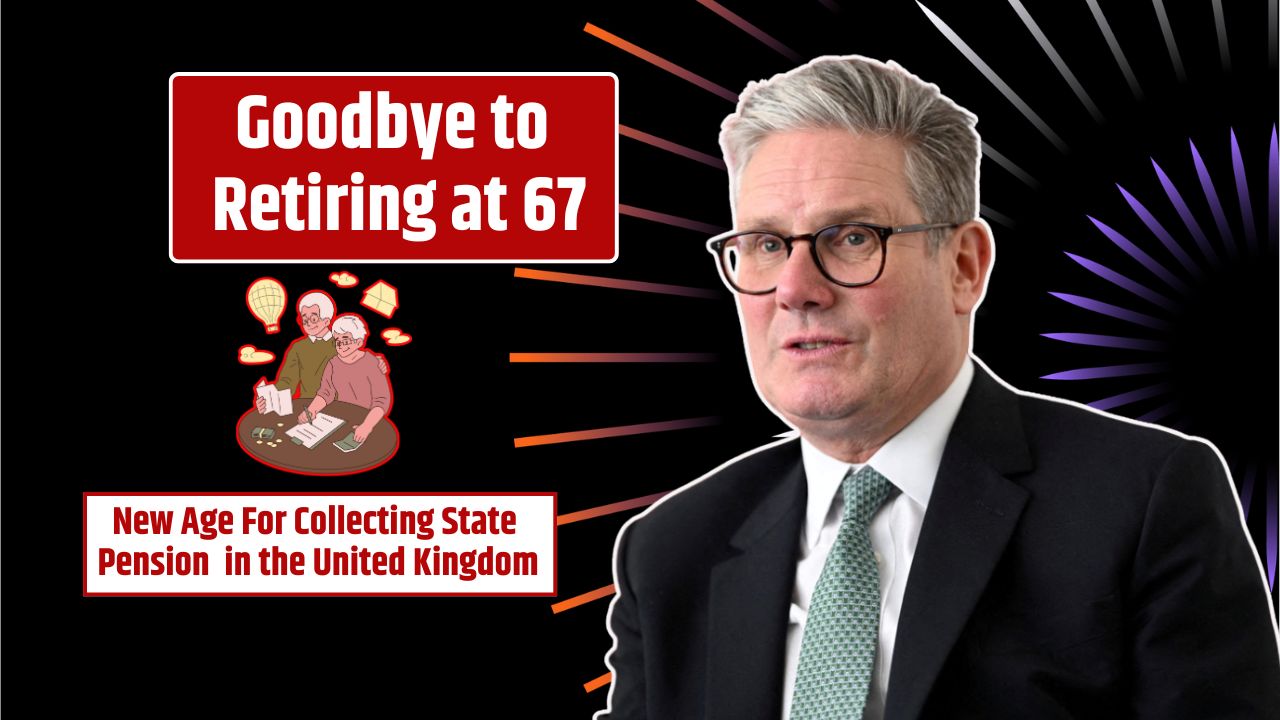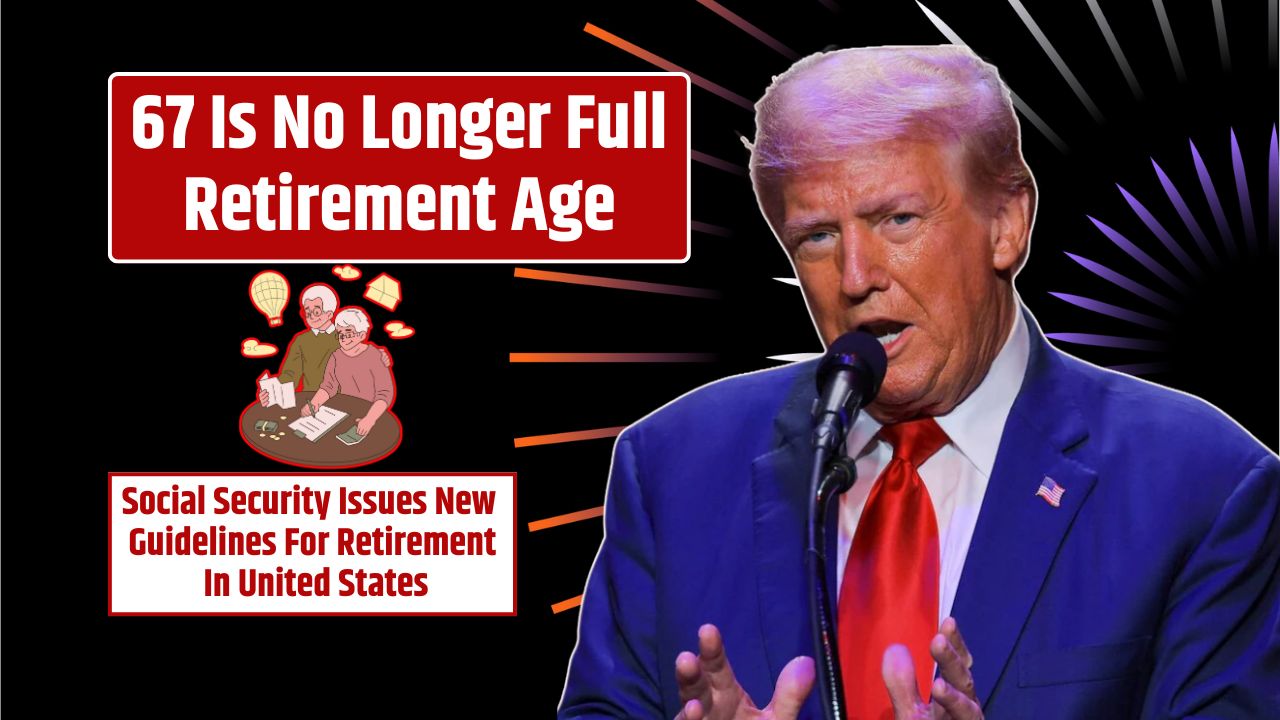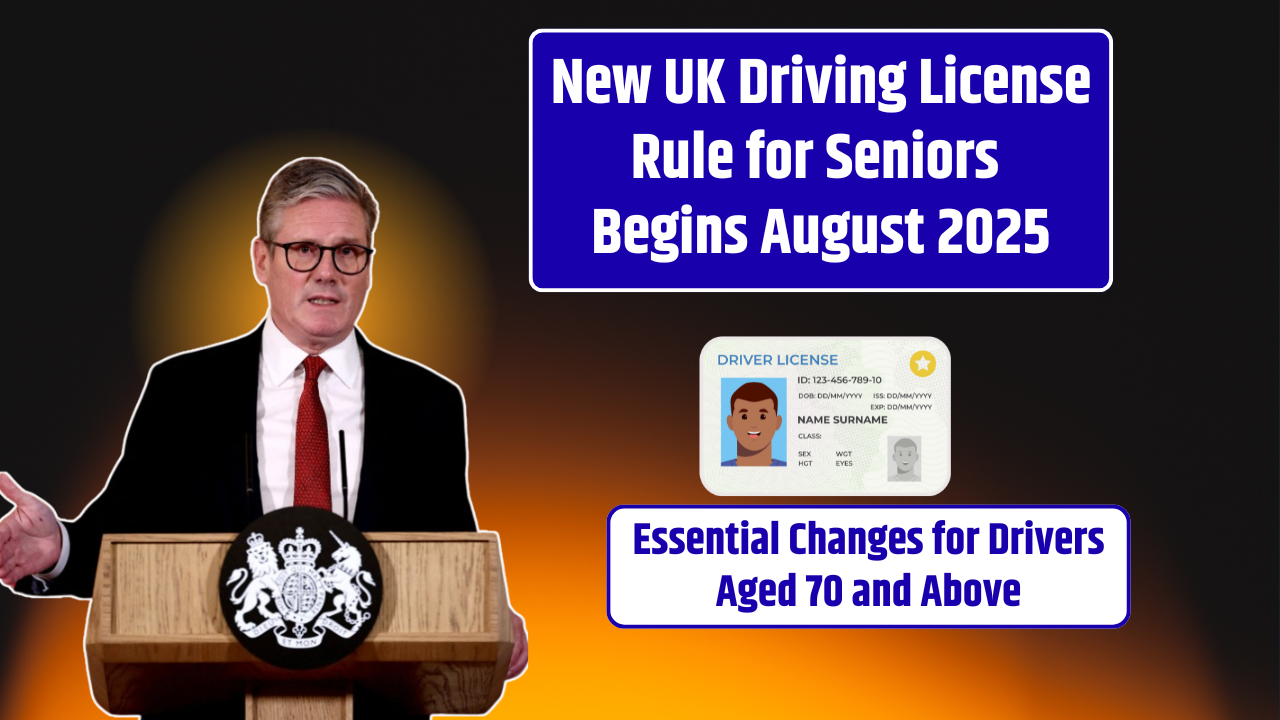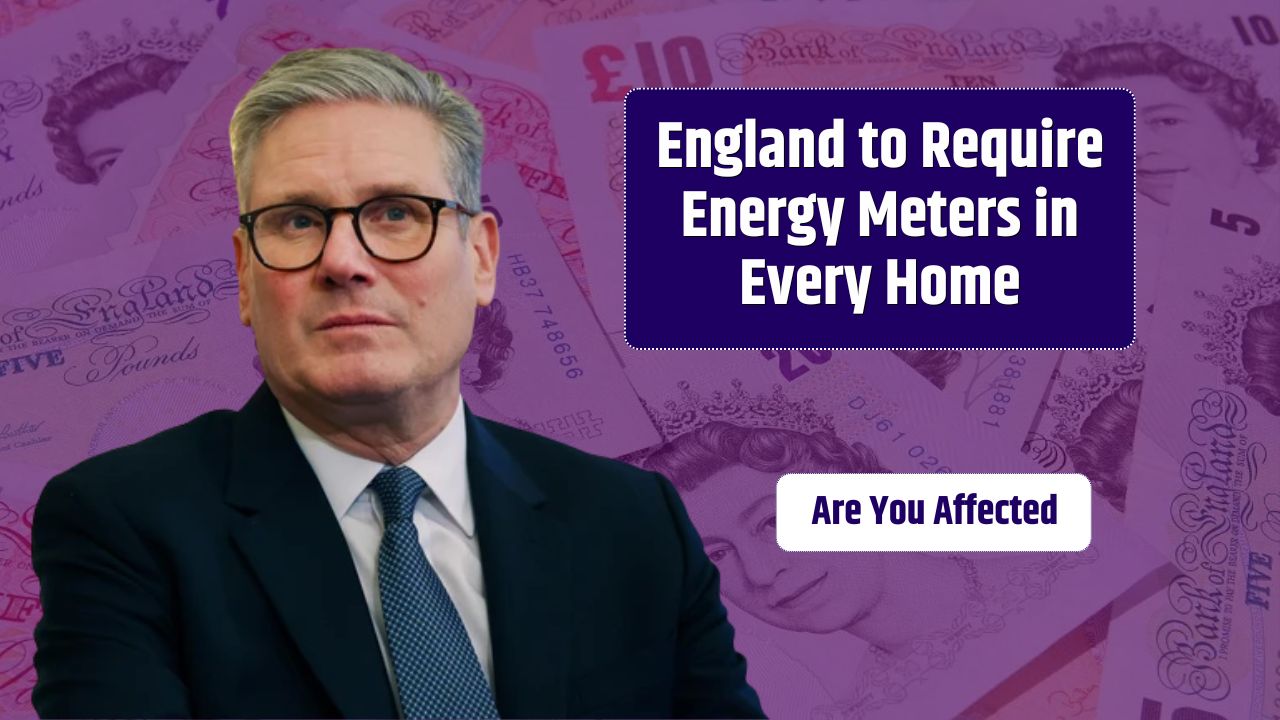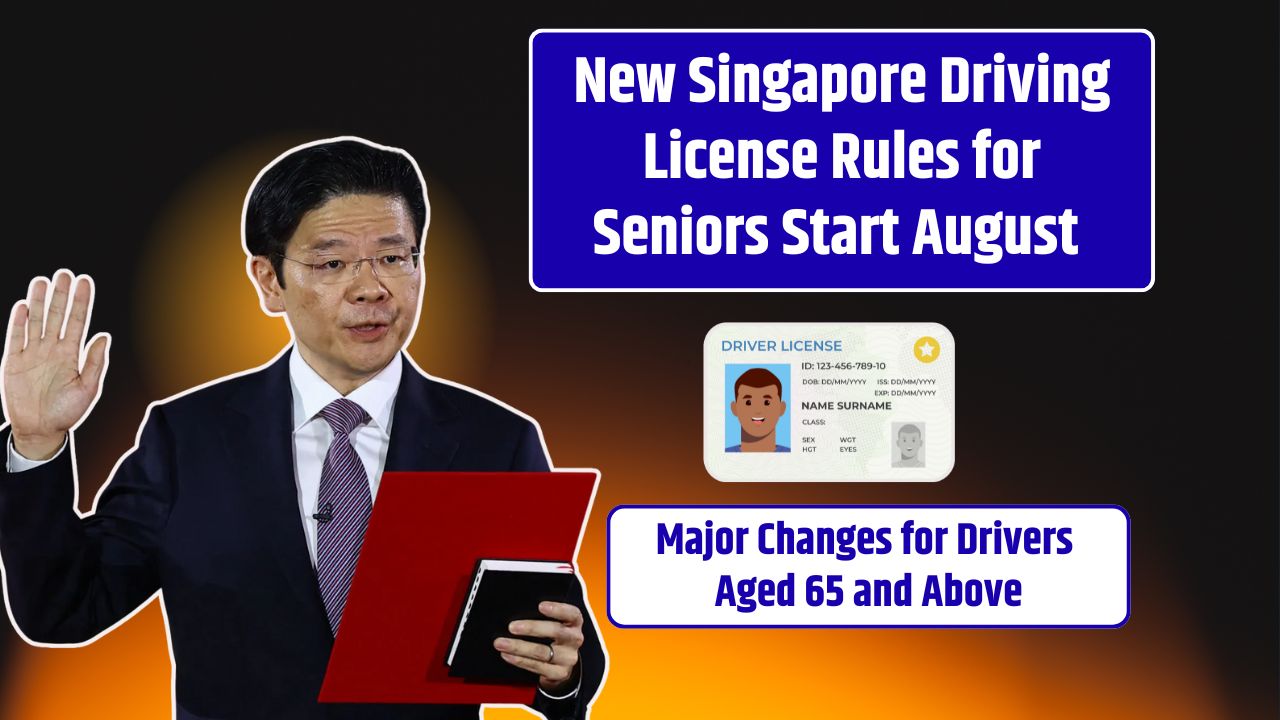Getting people to respond to surveys can be a challenge, especially when they’re busy or skeptical about how their feedback will be used. But improving your survey participation rate doesn’t have to be difficult. With the right techniques, you can make your surveys more appealing, more accessible, and more effective.
Here are several simple yet powerful strategies to boost your survey response rate.
Table of Contents
Make the Survey Short and Focused
Long, complex surveys are one of the biggest turn-offs for participants. Most people are willing to spend just 5 to 10 minutes on a survey—any longer, and you risk losing their attention.
Tips:
- Limit the number of questions (10-15 max for general surveys)
- Focus only on the most relevant questions
- Use skip logic to avoid showing irrelevant questions
Use a Clear and Compelling Invitation
How you ask people to take your survey matters. A generic “Please complete this survey” is far less effective than a personalized, friendly message that explains the purpose.
Best practices:
- Personalize the invite (use their name or reference recent activity)
- Highlight the importance of their feedback
- Be transparent about how their responses will be used
Offer Incentives
Incentives can dramatically increase participation, especially when your target audience needs extra motivation. You don’t always need to offer cash—think discounts, gift cards, or prize draws.
| Incentive Type | Examples |
|---|---|
| Monetary | $5 gift card, cash, PayPal credit |
| Non-monetary | Discount code, free content |
| Sweepstakes/Raffles | Chance to win a $100 prize |
Optimize for Mobile Devices
Many users will open your survey on their phone. If it’s hard to read, slow to load, or has poor formatting, they’ll exit quickly.
Tips to mobile-optimize:
- Use responsive design
- Avoid lengthy text blocks
- Keep answer choices short and scannable
Time It Right
When you send a survey can significantly impact response rates. Catching people at the right moment—when they have a few minutes to spare—improves your chances.
Best times to send surveys:
- Mid-morning on weekdays (10 a.m.–12 p.m.)
- Avoid late evenings or weekends unless your audience is active then
Use a Progress Bar
Letting participants know how far along they are reduces the chance they’ll drop out mid-survey. A simple progress bar provides motivation to finish.
Key benefits:
- Sets expectations
- Reduces abandonment
- Encourages completion
Follow Up Politely
A gentle reminder a few days after the initial invite can nudge people who meant to respond but forgot. But timing and tone are critical—avoid being pushy.
Effective follow-up strategy:
- Send 1-2 reminder emails
- Keep them short and appreciative
- Include a clear call-to-action button
Test and Improve
No two audiences are exactly the same. Test different elements of your survey—such as layout, question wording, and timing—to see what works best for your specific group.
Consider A/B testing:
- Email subject lines
- Survey introduction text
- Incentive offers
Improving survey participation isn’t about doing one big thing—it’s about doing many small things well. By keeping your surveys short, mobile-friendly, well-timed, and engaging, you make it easier and more appealing for people to take part. Add a thoughtful reminder and a relevant incentive, and you’ll likely see a meaningful increase in response rates.
FAQs
How long should a survey be to get good participation?
Ideally under 10 minutes, which usually means 10–15 questions.
What kind of incentive works best?
It depends on your audience. Small cash rewards or a chance to win a larger prize are usually effective.
How many reminder emails should I send?
One or two, spaced a few days apart, is usually sufficient.






